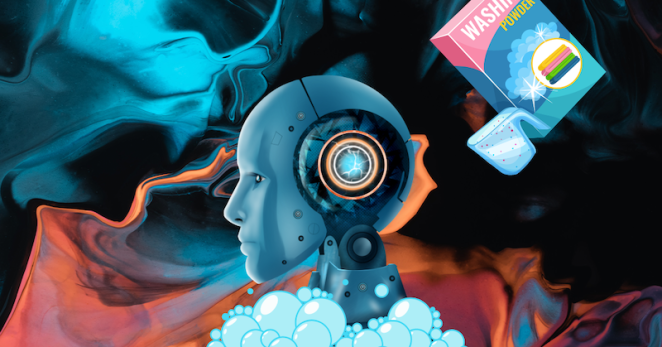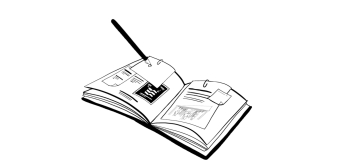Over the last 12 months, it wouldn’t necessarily be hyperbolic to suggest that AI has become embedded into almost every facet of our lives. For me, specifically, it’s completely changed not only how I work but who I work for, and I have no doubt it will continue to both broaden and narrow my horizons in the coming years.
At first, companies were understandably shy about promoting their use of AI. It was, after all, seen as “cheating” at worst and plagiarism at best. As the technology advances, however, and we become aware of its true potential, could the opposite start to become true? Could AI washing become the trend of the year?
Before I go any further though, let’s pick apart exactly what the term means. Because, according to a recent global poll by Designit, 80% of creatives admit they have never heard of it.
What is AI Washing?
AI washing can be loosely described as the exaggeration or deliberate misrepresentation of a company's AI capabilities. It occurs when organisations misleadingly suggest their products or services are powered by advanced AI technologies when, in fact, the reality is far less sophisticated. This can range from simple automation processes being labelled as "AI-driven," to outright fabrications about using AI in business operations.

The problem of AI washing is not just a minor hiccup; it’s a critical issue that can erode trust and distort the market. The U.S. Securities and Exchange Commission (SEC) recently penalised investment advisory firms Delphia and Global Predictions for such deceptive practices. The firms faced fines for dishonestly advertising their use of AI, highlighting the legal and ethical implications of AI washing.
Why is AI Washing a Concern for Creatives?
For creatives, who often rely on genuine innovations in technology to push the boundaries of design and user experience, AI washing poses a particularly grave threat. Misleading claims about AI capabilities can undermine the development of truly innovative AI tools that have the potential to transform the industry.
As Pardis Shafafi, global responsible business lead at Designit notes: “The desire for brands to appear cutting-edge can lead them to adopt AI superficially, which risks consumer trust—a crucial asset in the competitive world of brand differentiation.”
How to Spot AI Washing
Spotting AI washing in practice involves a critical evaluation of claims made by companies about their AI technologies. Here are a few tips on spotting misleading assertions:

Vagueness and Buzzwords: Be wary of descriptions that heavily rely on AI-related buzzwords (like "machine learning," "neural networks," or "deep learning") without clear explanations of how these technologies are specifically applied.
Lack of Technical Details: Companies genuinely using AI will typically be able to provide detailed information about their data, models, and the specific AI methodologies employed.
Overstated Capabilities: If a product claims to solve complex problems that are currently beyond the reach of existing AI technologies, it may be a sign of AI washing.
Mismatched Product Experience: If the product does not perform as intelligently as advertised, or if it seems to rely on hidden human intervention, it might not be as AI-driven as claimed.
Transparency and Ethical Marketing
The implications of AI washing extend beyond just the companies involved—it affects the integrity of the entire industry. As AI continues to evolve, there is a growing imperative for transparency and honesty in how its capabilities are marketed and used.
For creatives, staying informed about the genuine advances in AI and remaining vigilant against misleading claims is more crucial than ever. This approach not only safeguards are work but also upholds the broader values of trust and authenticity that the creative industries cherish.

Ultimately, the key is to keep your ear to the ground. Always be open to learning about AI and its legitimate applications. If you can do that, you might be able to use the technology to further your creative goals without falling prey to misinformation.




